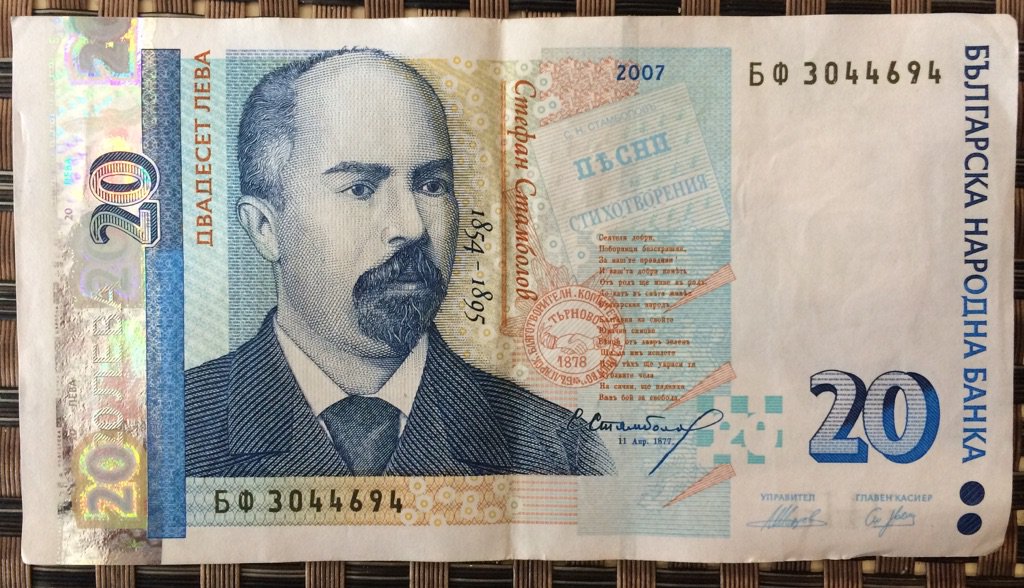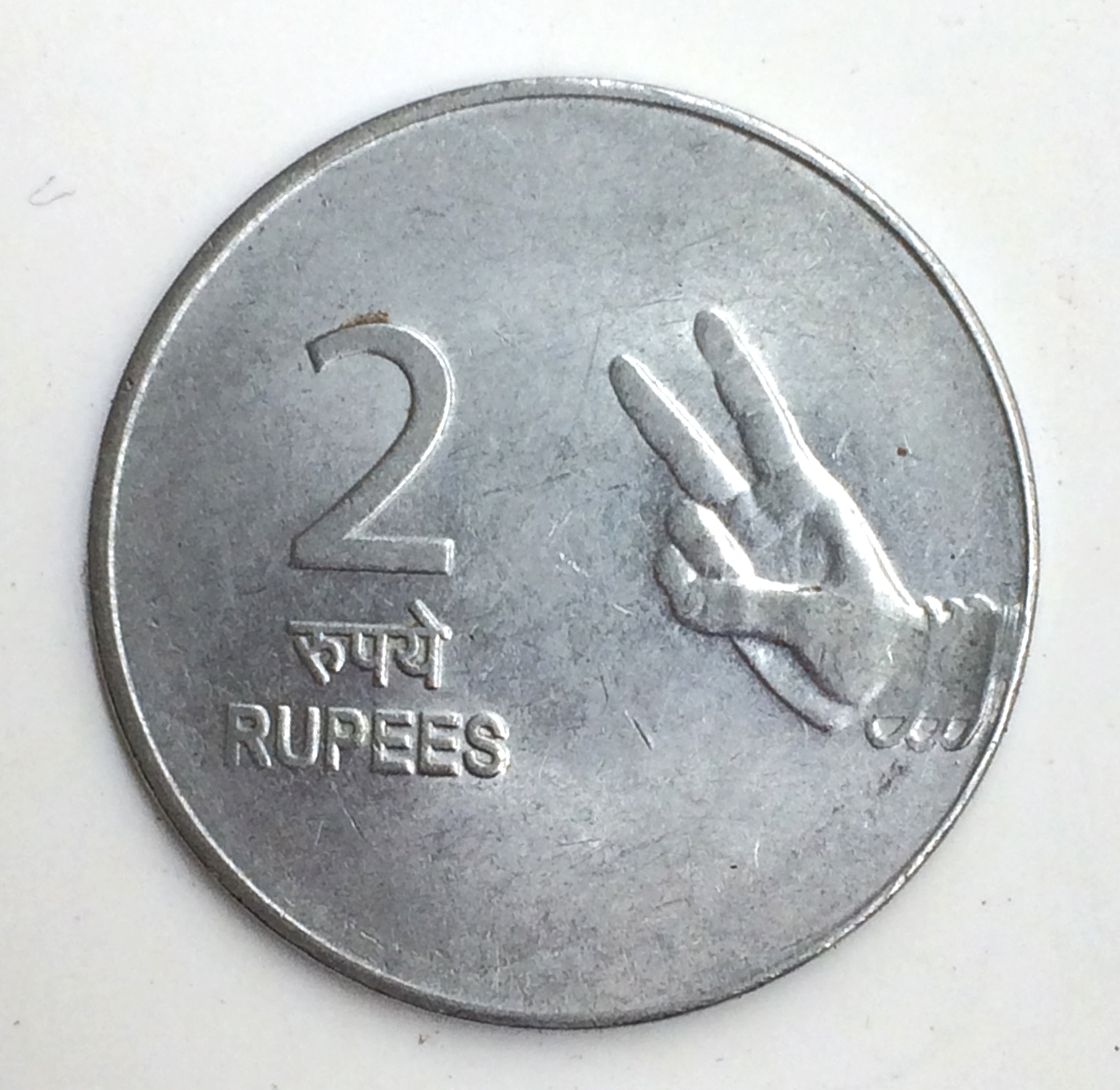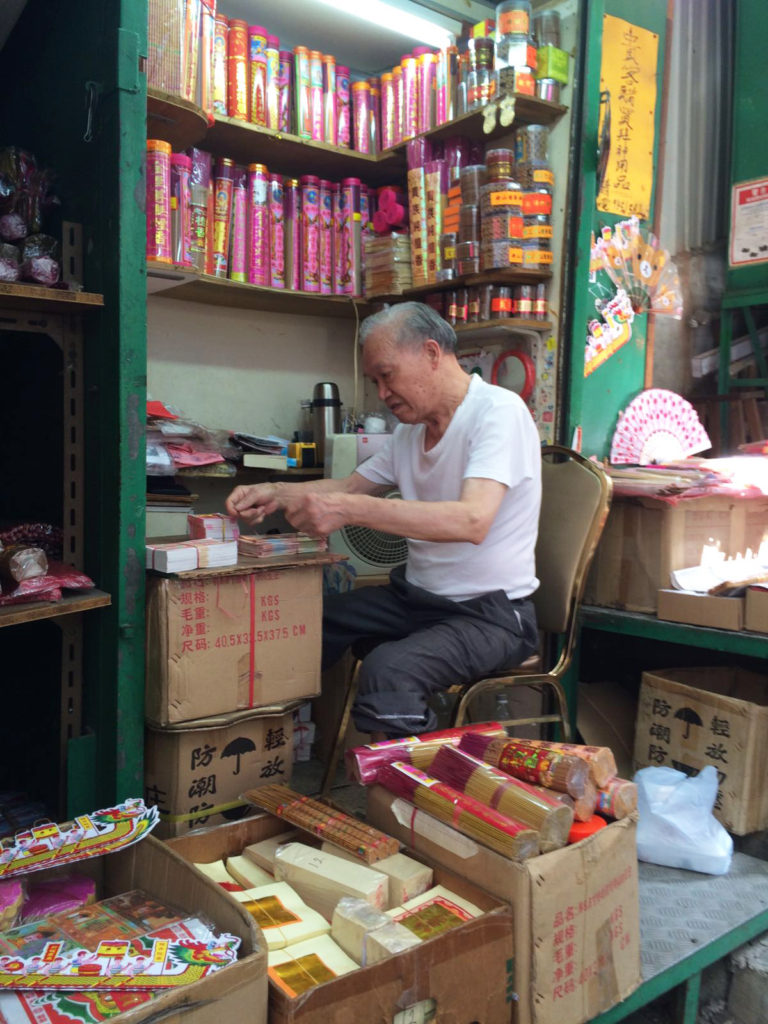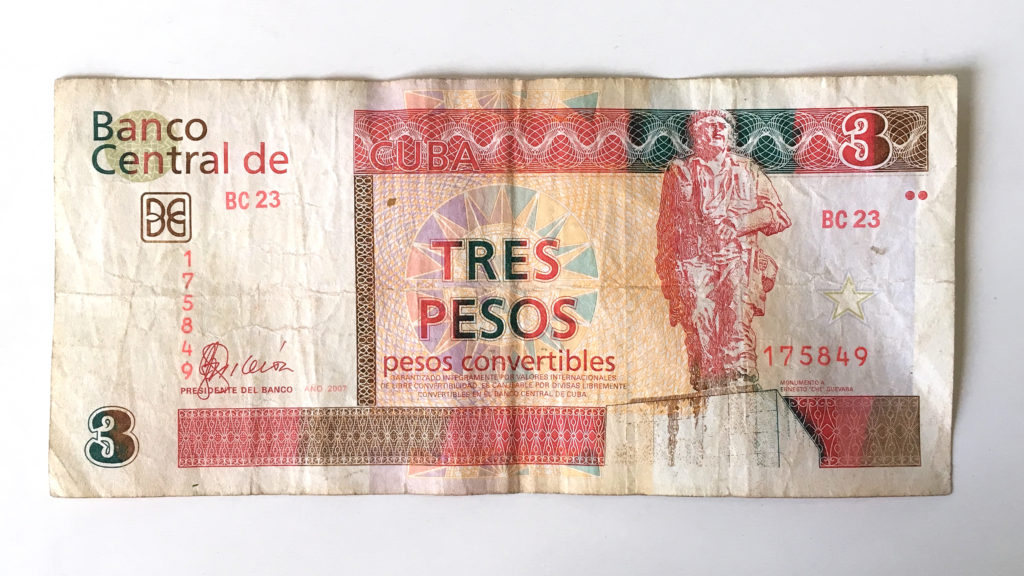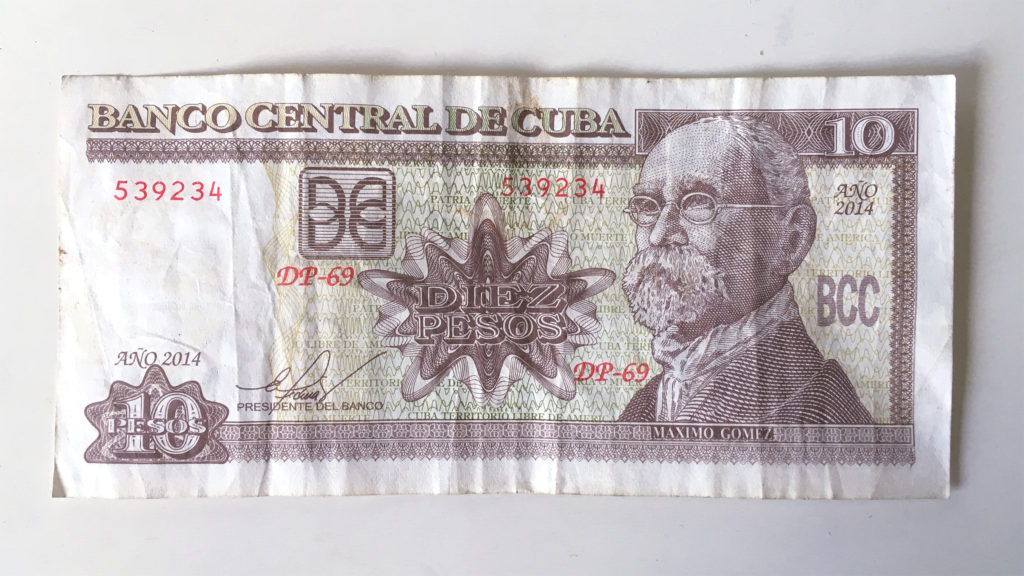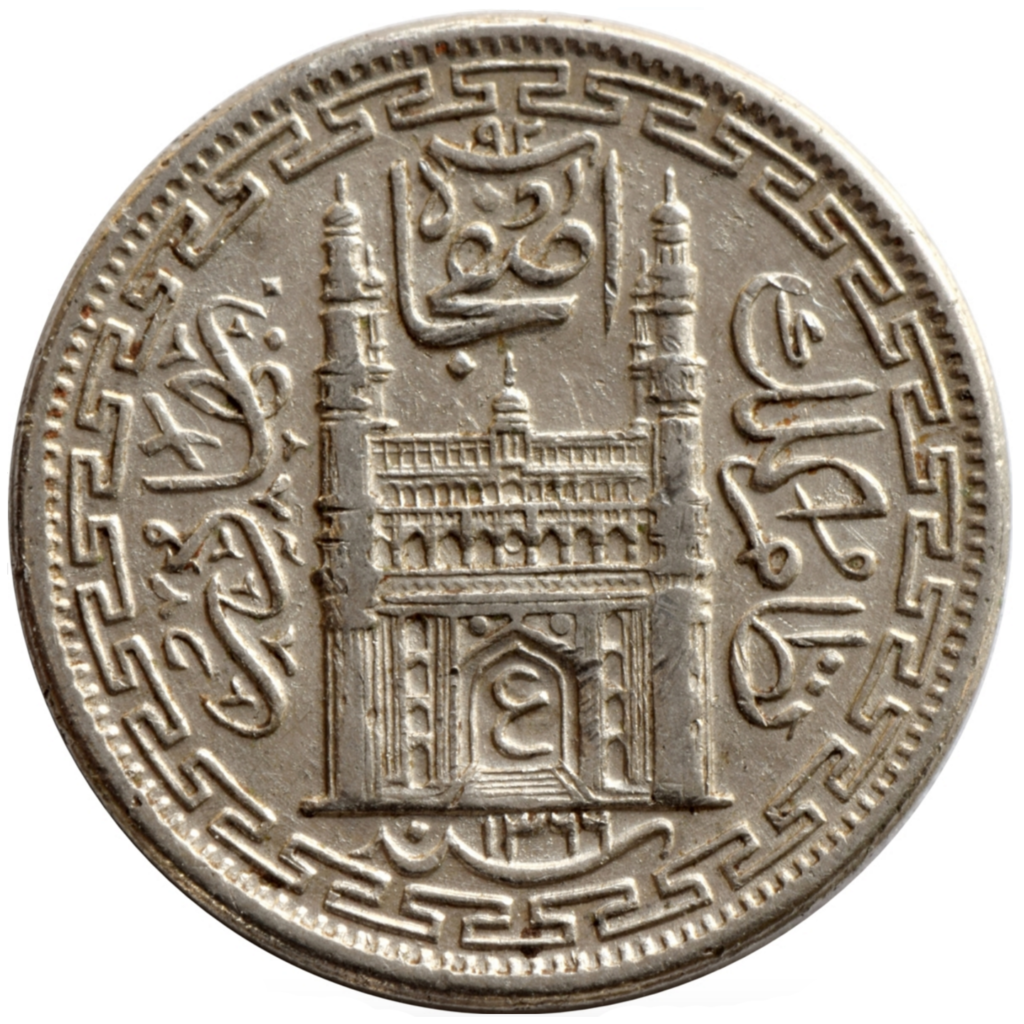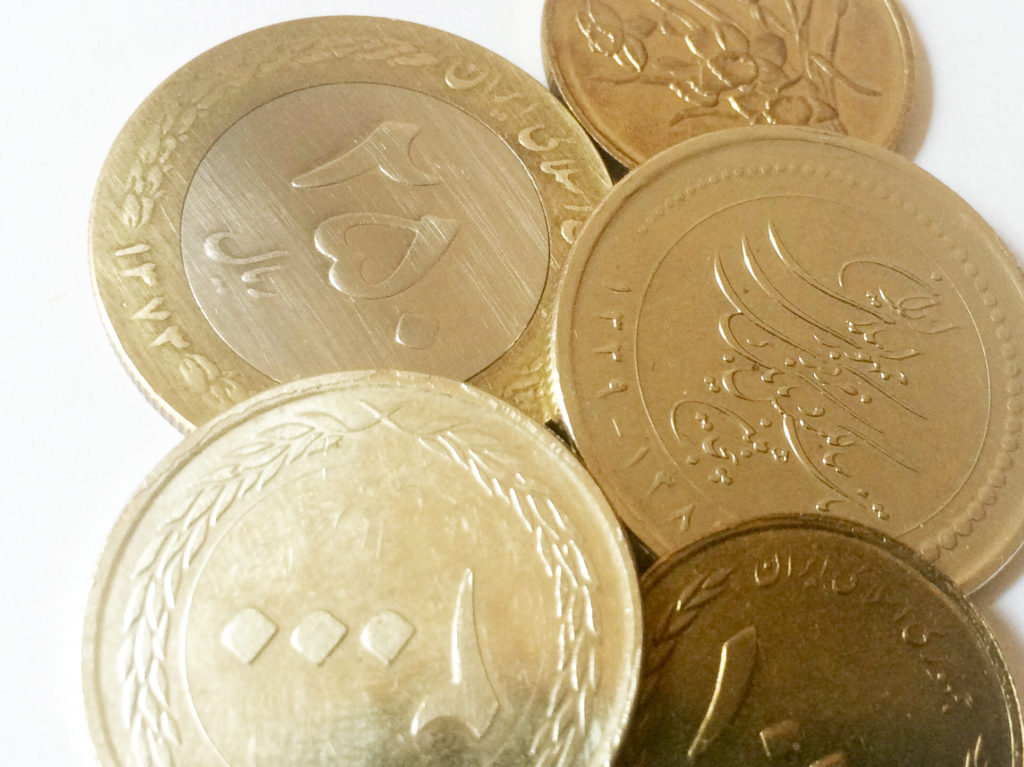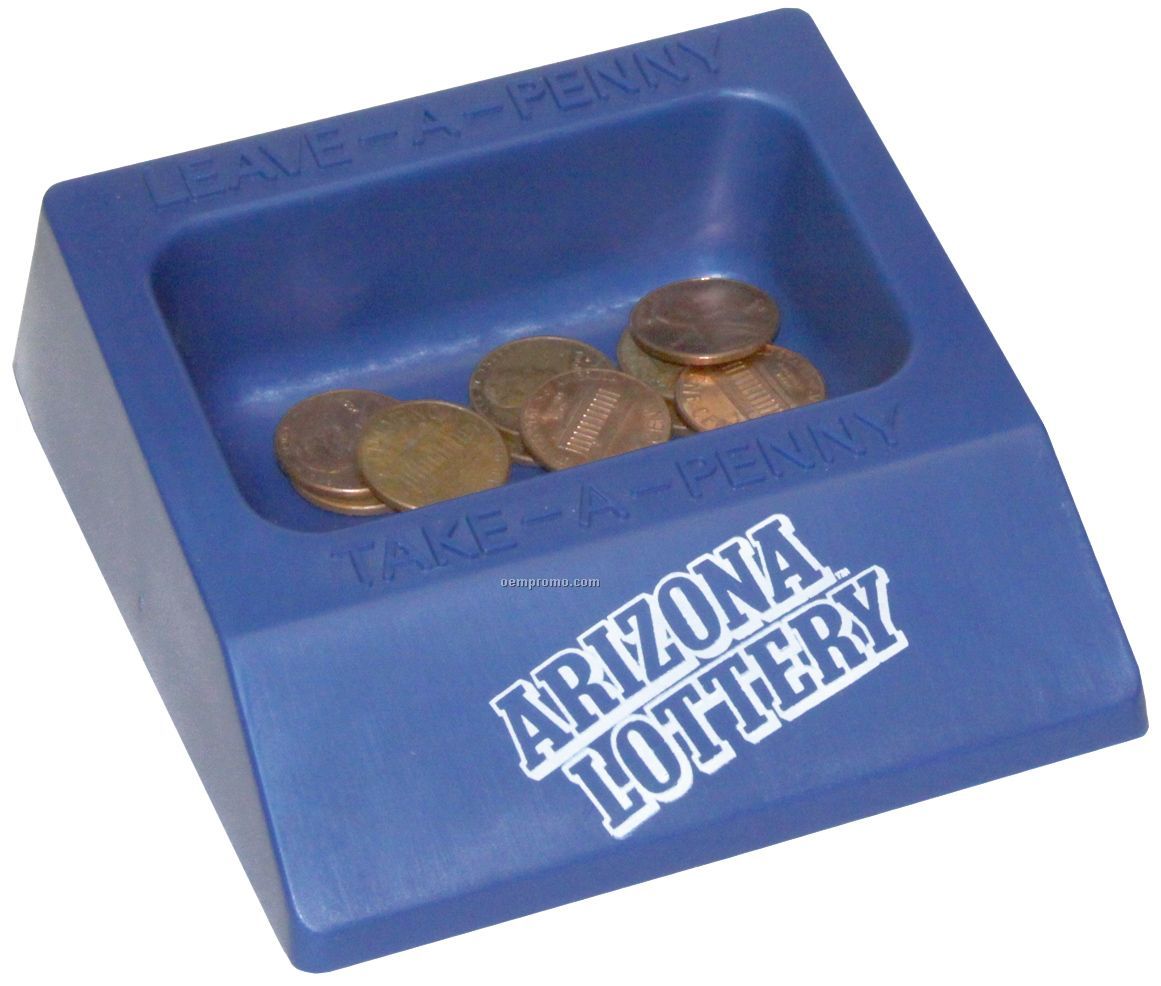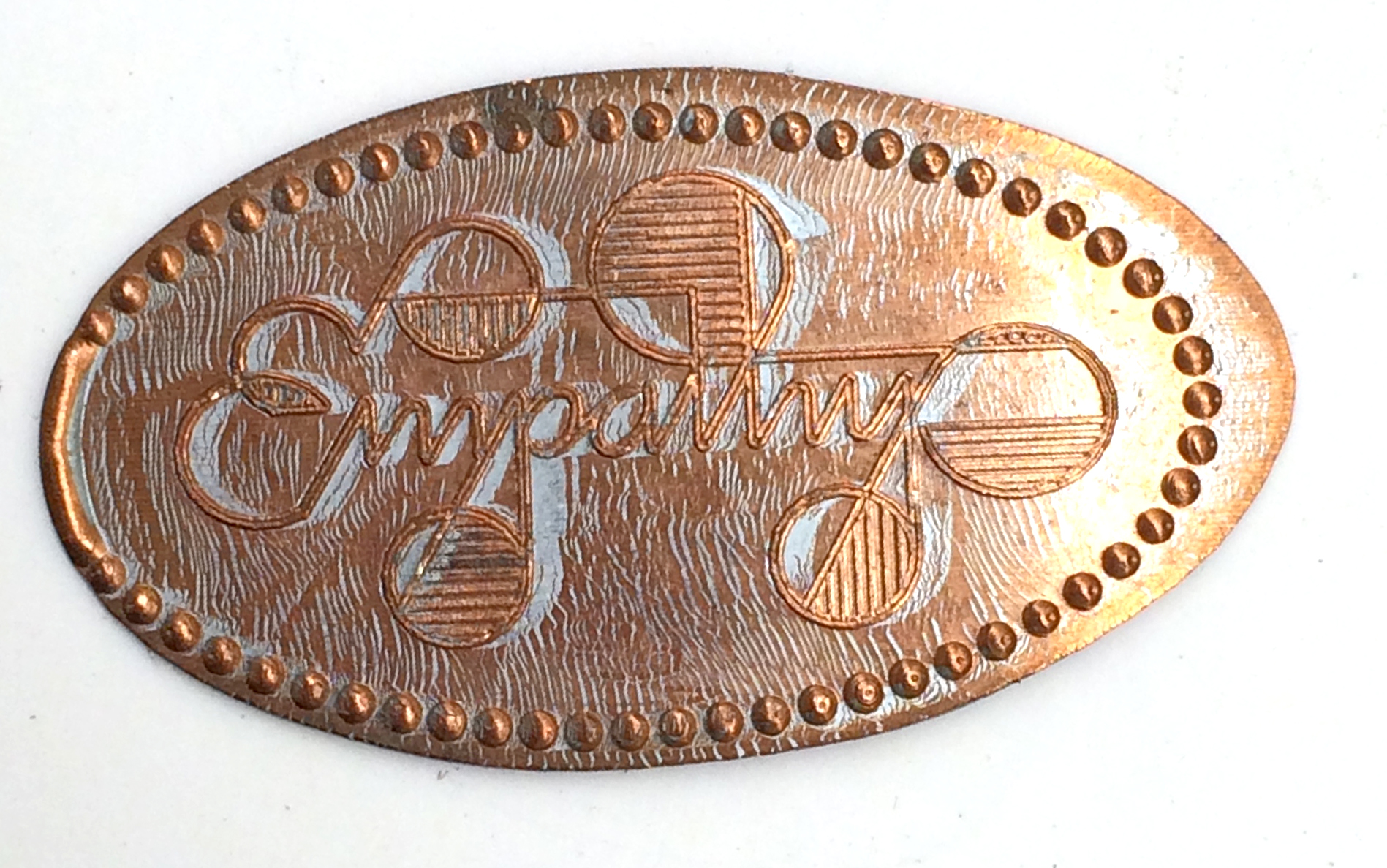Over the past 10 days, we’ve traveled around the world to learn more about the design of coins, banknotes and money-related artifacts. While we strayed a bit from entirely type-specific content, the series connects visual culture, personal stories and collective experiences in some [hopefully] interesting ways. In case you missed any of the posts, we have conveniently gathered them all here.
Category → My 2¢
That’ll be 20 John Hudsons, please
Speaking of traveling the world and looking at money —
a few months ago, several of us attended the fantastic Typofest conference in Bulgaria organized by Krista Radoeva and Boril Karaivanov. Several, but apparently there were even more type colleagues present than we knew would be coming. Maria Doreuli spotted him first while we were still in Sofia …
My 2¢: From Hendecagonal to Round
For a brief spell in the 90s, I fancied myself as a coin collector. The interest didn’t last too long, but I did end up with a few old Indian coins that I still like, including a 1945 pice that has a hole punched in the middle. Maybe it had something to do with the fact that I was in primary school, but I was very fond of coins with interesting shapes, like the 1p, 10p and 20p coins. There is little wonder then that my all-time favourite coin was the ₹2 one—it was a hendecagonal (or an 11-sided polygon), and I saw it and used it everyday.

Coins of denomination 1 pice (1945), 1p (1965), 10p (1986), 20p (1987) and ₹2 (2000)
My 2¢: 1 & 2 Rupee
Travelling to India changed my relationship with money. When there, I am suddenly in possession of wads of bills in denominations of multiple zeros that I could never hope to ever see, let alone hold. Rupee coins are not as much a part of my experience there, and use them as other Indians do, to give money to people on the street or tips to drivers.
My 2¢: No Pockets in a Shroud?
In Hong Kong, I have seen several small stores selling colourful replica of contemporary luxury made by paper, spread all over the mega city. Mimicked handbags of must-have brands, smartphones and even favourite dishes of Hong Kong dining are artfully recreated, and sold to be offered to ancestors by burning the paper artefacts. From time to time, I observed people burning the offerings in metal barrels at the backstreets.
My 2¢: Cuba’s 2 Currencies
My 2¢ is less about the design of these two Cuban banknotes than about what they represent.
As a US-dwelling Canadian who has wanted to visit Cuba for many years, I finally made the trip there from Toronto in early 2015 — ironically, just after the announcement of the normalization of relations with the US.
Cuba is a striking and remarkable place in so many ways. But one of the things that struck me most upon arriving there was the discovery that since 1994 Cuba has had two parallel currencies: the Cuban Peso (CUP), which is used for trade among Cubans; and the Convertible Cuban Peso (CUC), which is used by visitors to the country and for international trade, and is pegged to the US dollar. So 1 CUC equals 1 USD — and 1 CUC equals approximately 25 CUP.
My 2¢: Hyderabad State 2 Anna
Although my professional area of focus is Indic type, by which I mean the Brahmi-derived scripts native to India, my favorite coins in my small collection are four 2 Anna coins from the Princely State of Hyderabad, minted in 1946. They are among the last coins minted by the Hyderabad State before its dissolution.
The Hyderabad State, which occupied the Deccan plateau of south-central India, was a semi-autonomous vassal state that existed alongside the British Raj from 1798 until India’s independence in 1947. Ruled by the Asaf Jahi Dynasty, which was Turkic in origin, the Hyderabadi government spread Persian culture in the region. While the British issued currency to be used throughout their South Asian empire, they allowed the Hyderabad State to issue its own set of banknotes and coins.
My 2¢: The Iranian 250 Rial Coin
To many people, the sentence “here is your change” followed by a clenched hand extending out towards them results in an inner groan. They know that hand is about to offer them coins, an object often perceived as an inconvenience—and in the case of coins with lower value, a nuisance. Coins are frequently taken out of circulation by people who keep them simply because they cannot be bothered to count, calculate, and spend them. I have memories of my parents coming home and discarding loose change on the coffee table, not wanting to carry the jingling weight in a pocket or purse the next day. Yet the same people were the cause of my appreciation for coins. More specifically, Iranian coins.
My 2¢: Take a Penny, Leave a Penny
Since the design and lettering of the ‘lowly’ American penny has already been well-documented and researched by honorary Alphabette Tobias Frere-Jones, I’ve settled on an even lowlier topic: the penny tray. If you’re American, or have spent time in the clusterfuck that is currently the United States, then you know what I’m talking about. Found at the cash registers of gas stations, diners, and other small businesses, the object serves as a convenient place for customers and cashiers to dispose of, or acquire, a penny or two (but c’mon deadbeat, don’t even think of taking more than a few).
The basic tray features the phrases “LEAVE-A-PENNY / TAKE-A-PENNY” in subtly extruded shouty-caps that flank the top and bottom of the main bowl. A promotional logo adorns the front of the tray, promoting things like a local newspaper, state lottery, or community bank.
My 2¢: Empathy Penny
I have a penny that is worth far more than its currency, as it was designed by Marian Bantjes.
Several years ago, I taught a Type Camp at the Design Exchange, the Design Museum of Canada in central Toronto. In the lobby is a machine that imprints designs of several artists, one of which is Bantjes, onto pennies. (The irony here is that Canada has ceased production of the penny and is removing them from circulation. Therefore, trying to locate a penny to use in the machine is becoming a bit difficult.)

